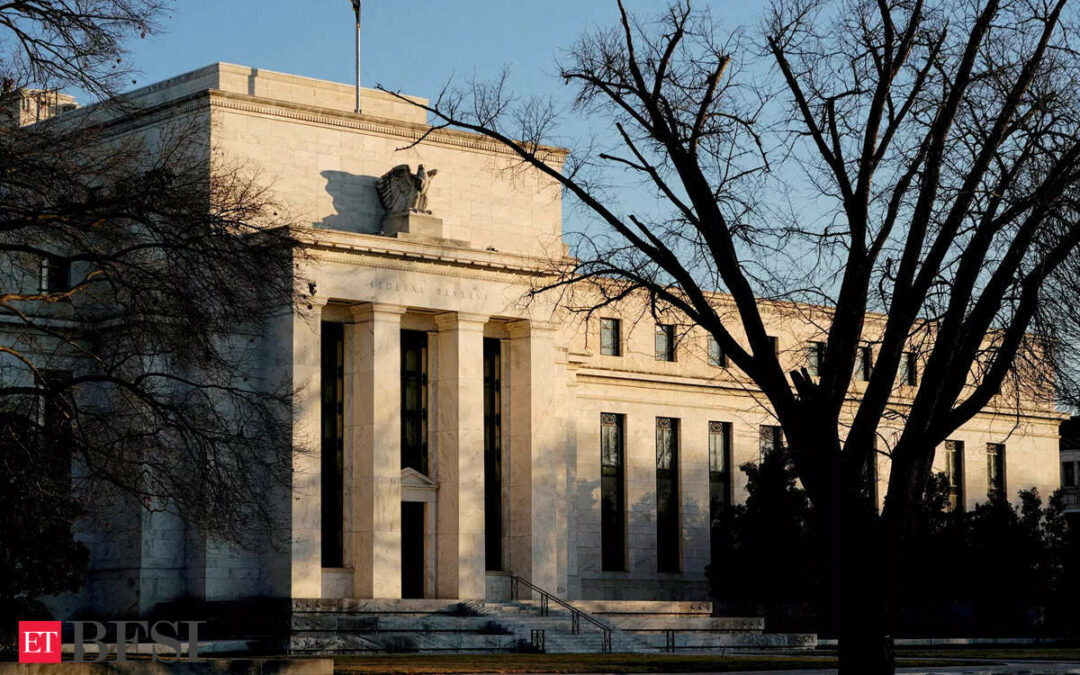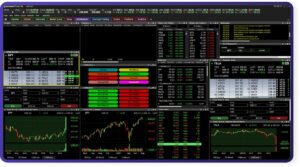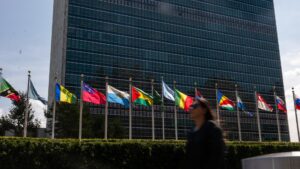U.S. Federal Reserve policymakers should delay interest rate cuts by at least another couple more months to see if a recent uptick in inflation signals stalling progress toward price stability or is just a bump in the road, Fed Governor Christopher Waller said on Thursday.
Core consumer prices rose 0.4% in January from a month earlier, well above the pace consistent with the Fed’s 2% annual inflation goal.
That, along with a 3.3% annualized increase in fourth-quarter GDP and the more than 350,000 jobs added to the U.S. economy in January, “has reinforced my view that we need to verify that the progress on inflation we saw in the last half of 2023 will continue and this means there is no rush to begin cutting interest rates to normalize monetary policy,” Waller said in remarks prepared for delivery in Minneapolis.
Progress on inflation, he said, has been both “real” and “considerable.” Accounting for the latest data, he said, January inflation by the core personal consumption expenditures index – to be released next week – will likely come in at 2.8%. It stood at 4.9% a year ago.
While inflation is still “likely” on track to reach the Fed’s 2% goal, he said, “I am going to need to see at least another couple more months of inflation data before I can judge whether January was a speed bump or a pothole.”
And with most other economic data suggesting the economy is still fundamentally solid, he said, “the risk of waiting a little longer to ease policy is lower than the risk of acting too soon and possibly halting or reversing the progress we’ve made on inflation.”
The U.S. central bank has held its policy rate steady in the 5.25%-5.5% range since last July, and minutes of its policysetting meeting last month show most central bankers were, like Waller, worried about moving too quickly to ease policy.
Waller’s take on the economy and monetary policy have often been a bellwether for the Fed as a whole, and his remarks Thursday marked a change in tone from his last speech, in which he said the Fed is within “striking distance” of its inflation goal.
Now, he said, he will be closely watching wage growth, economic activity and employment not only for any signs of weakness that could force the Fed to act more quickly, but also for whether they are “consistent with continued progress toward 2% inflation.”
Waller also pushed back on the idea that the Fed risks sending the economy into recession if it waits too long to cut rates, saying the Fed can afford to “wait a little longer” to ease policy.
“In the absence of a major economic shock, delaying rate cuts by a few months should not have a substantial impact on the real economy in the near term,” Waller said. “And, I think I have shown that acting too soon could squander our progress in inflation and risk considerable harm to the economy.”
Traders of futures contracts tied to the Fed’s policy rate are betting the Fed will not start cutting interest rates until its June 11-12 meeting.










